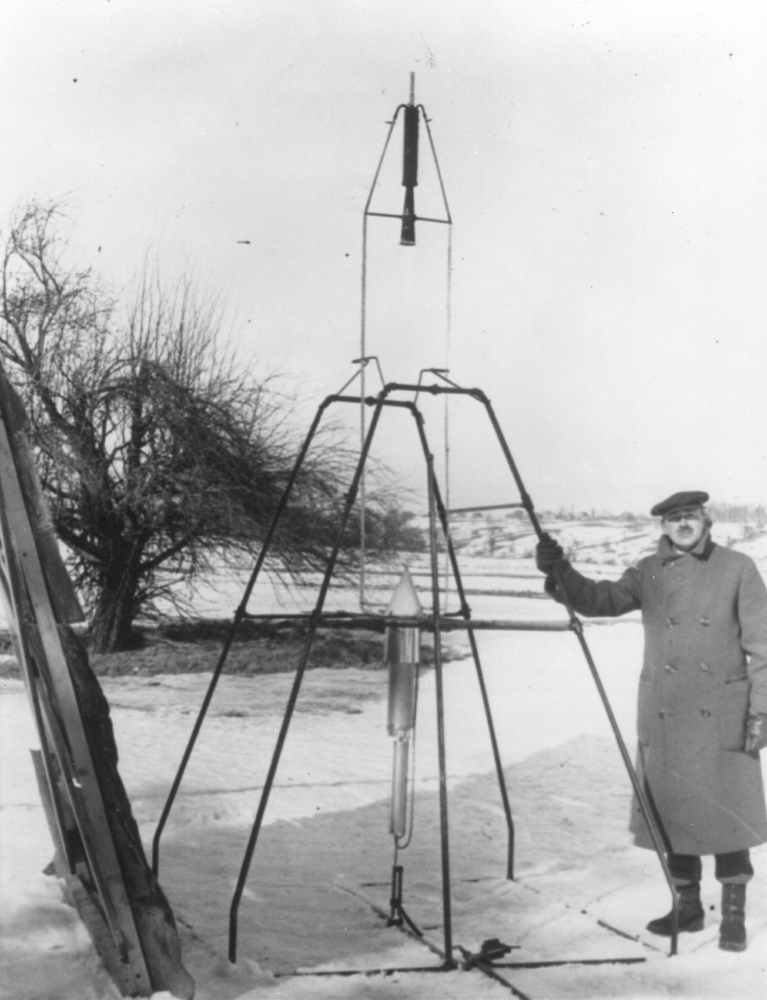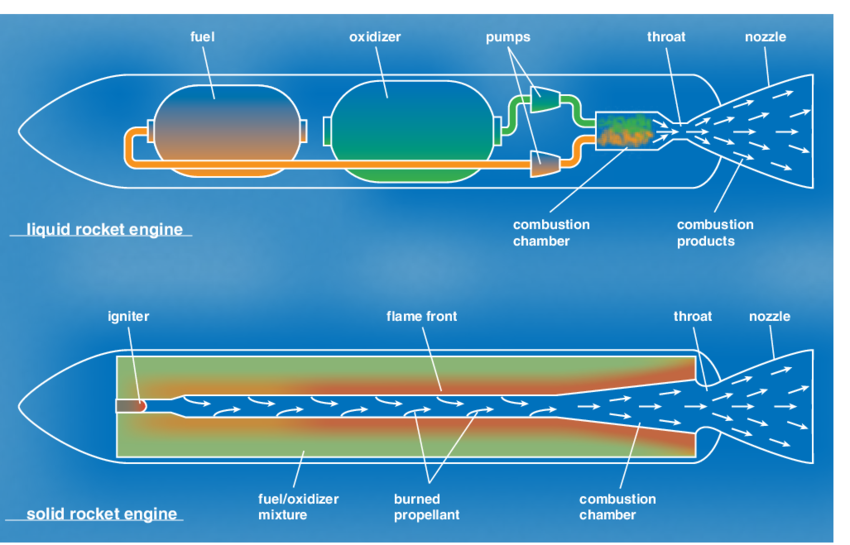
Today, liquid-fueled rocket launches are a staple of space exploration, yet this technology was groundbreaking 98 years ago. The pioneering launch of the first liquid-fueled rocket on March 16, 1926, led by the visionary Robert Goddard, marked the beginning of a new era.

Though modest in size and altitude, Goddard’s inaugural liquid-fueled rocket introduced a revolutionary approach to rocketry. Before this achievement, rocket propulsion relied solely on solid materials, a practice extending back to the 13th century with Chinese engineers employing gunpowder for defense.
Goddard recognized the superior benefits of liquid propellants over solid ones, notably their enhanced thrust efficiency and the precision control over the duration of the burn. His persistence and innovation culminated in this successful launch after 17 years of rigorous work.
Describing the launch in his journal, Goddard captured the event’s enchanting quality, as recounted in a NASA statement. He aspired for interplanetary travel, a vision that remained unfulfilled in his lifetime. Goddard passed away in 1945, but his contributions significantly influenced the trajectory of space exploration.
The deployment of liquid fuel was crucial in launching the first satellite, Sputnik, in 1957, and it played a vital role in the Saturn V rocket missions to the moon in the 1960s and 1970s. Liquid fuel continues to be preferred for human space missions due to its controllable burn, offering a safer alternative to solid propellants.
Various rockets, including the European Ariane 5, Russia’s Soyuz boosters, United Launch Alliance’s Atlas V and Delta families, and SpaceX’s Falcon 9, utilize liquid fuels in one or more stages.
Goddard’s legacy encompasses over 200 patents, with his development of multistage rockets laying the foundation for modern spaceflight. This innovation enables rockets to shed weight as they ascend, optimizing performance.
Despite initial skepticism and underappreciation, Goddard’s groundbreaking work in liquid-fueled rocketry has been recognized as pivotal to space exploration, paralleling the Wright brothers’ contributions to aviation. Nearly a century later, Goddard’s inventions remain integral to advancements in space technology.

